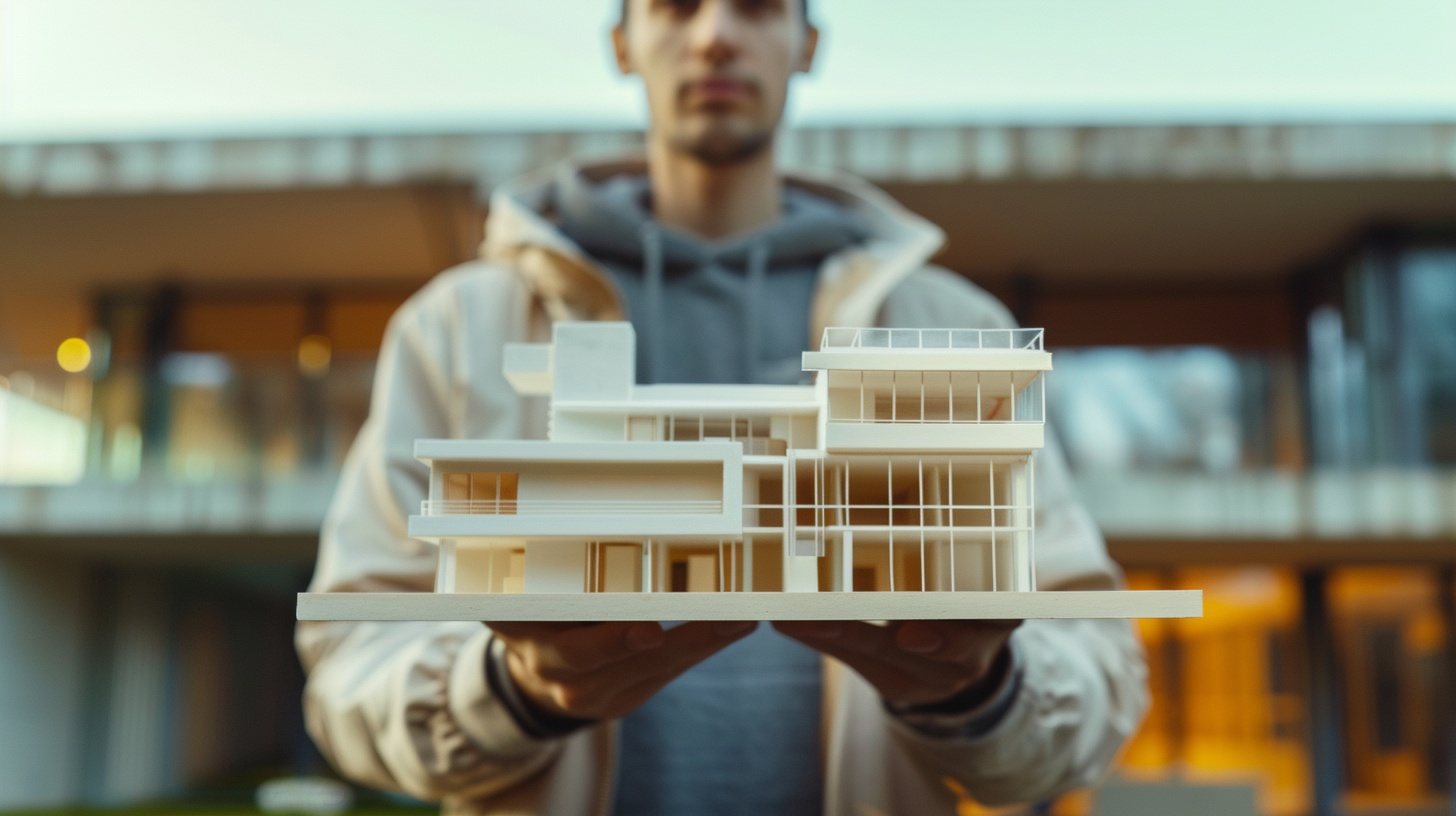
The Essence of Bioclimatic Design in Architecture
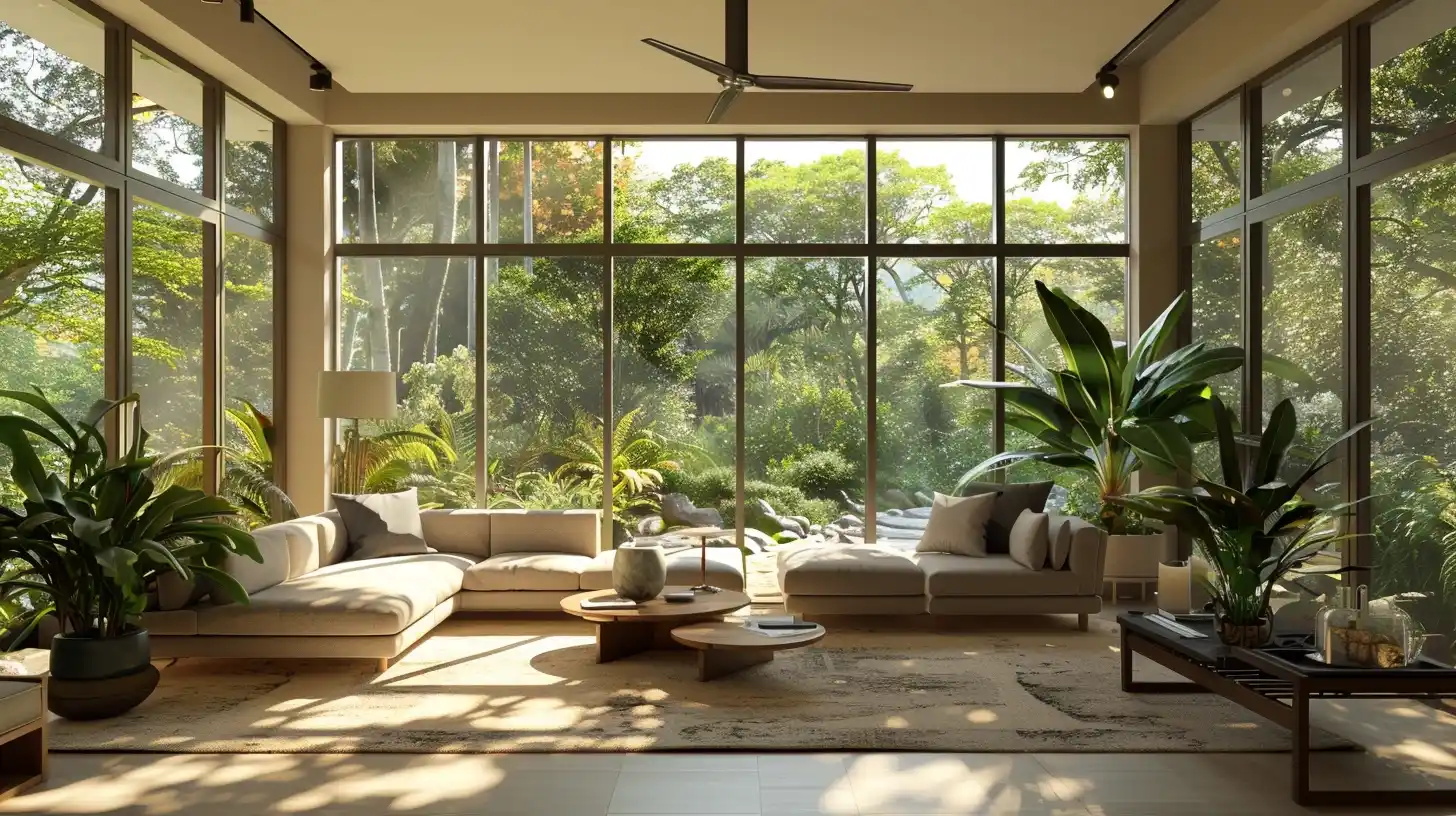
As the world shifts towards sustainable living, the architectural realm is embracing innovative approaches that harmonize with nature. One such paradigm gaining traction is bioclimatic design, a philosophy rooted in harnessing nature’s elements to create comfortable living spaces while minimizing environmental impact.
Understanding Bioclimatic Design
Bioclimatic design is more than just a trend; it’s a thoughtful strategy that optimizes a building’s relationship with its environment. By leveraging natural elements like sunlight, wind, and vegetation, architects and designers craft spaces that are not only aesthetically pleasing but also functionally efficient.
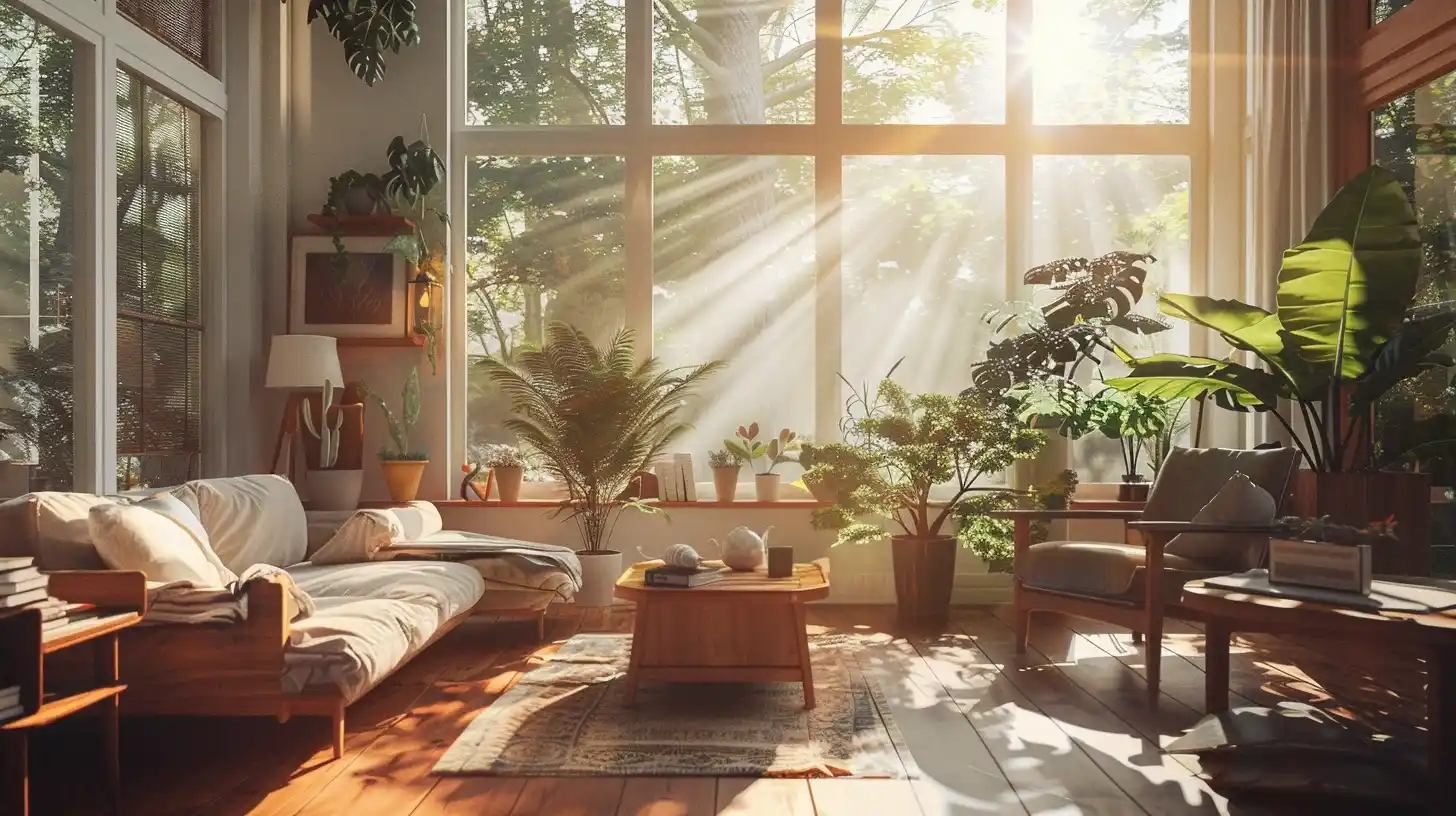
Key Principles in Bioclimatic Design
At the heart of bioclimatic design lie several principles aimed at maximizing comfort and minimizing energy consumption. These include:
- Optimal Orientation: Proper building orientation ensures that structures capture sunlight during winter for warmth while minimizing direct exposure during summer to reduce heat gain.
- Effective Shading: Strategically placed shading elements such as overhangs, louvers, and vegetation help mitigate solar heat gain, enhancing indoor comfort without overreliance on mechanical cooling systems.
- Natural Ventilation: Passive ventilation systems facilitate airflow through the building, promoting natural cooling and reducing reliance on artificial air conditioning.
- Thermal Mass: Materials with high thermal mass, such as concrete or stone, absorb and store heat, moderating temperature fluctuations and enhancing thermal comfort.
- Integration of Green Spaces: Incorporating green roofs, vertical gardens, and courtyards not only enhances aesthetic appeal but also improves air quality, reduces urban heat island effect, and provides insulation.
Why Bioclimatic Design Matters
Bioclimatic design isn’t just about creating beautiful buildings; it’s about fostering sustainable living environments. By reducing energy consumption, minimizing carbon footprint, and promoting eco-friendly practices, bioclimatic architecture aligns with the global imperative to combat climate change.
According to renowned architects, Bioclimatic design represents a holistic approach to architecture that prioritizes environmental stewardship without compromising on comfort or aesthetics. It’s about creating symbiotic relationships between built structures and the natural world, ultimately leading to healthier, more resilient communities.
Advantages of Bioclimatic Design
Bioclimatic design offers a multitude of benefits that extend beyond individual buildings to impact communities and the environment at large. Understanding these advantages is crucial for appreciating the significance of integrating bioclimatic principles into architectural practices.
Reduced Environmental Impact
One of the foremost advantages of bioclimatic design is its ability to significantly lower the environmental footprint of buildings. By optimizing natural resources such as sunlight, air, and water, bioclimatic buildings minimize reliance on energy-intensive mechanical systems, thus reducing greenhouse gas emissions and overall energy consumption.
Improved Energy Efficiency
Bioclimatic buildings are inherently more energy-efficient compared to conventional structures. Through passive design strategies like orientation, shading, and natural ventilation, these buildings effectively harness renewable energy sources to maintain comfortable indoor temperatures throughout the year. As a result, occupants enjoy reduced energy bills while contributing to broader sustainability goals.
Enhanced Comfort and Well-being
Comfort is a central focus of bioclimatic design, with an emphasis on creating spaces that promote the well-being of occupants. By optimizing natural light, airflow, and thermal comfort, bioclimatic buildings offer environments that are not only pleasant to inhabit but also conducive to productivity, creativity, and overall health.
Water Conservation
In addition to energy efficiency, bioclimatic design addresses water conservation through thoughtful site planning and efficient water management systems. Strategies such as rainwater harvesting, greywater recycling, and drought-resistant landscaping help minimize water usage and mitigate the strain on local water resources.
Resilience to Climate Change
As climate change intensifies, the resilience of buildings becomes increasingly critical. Bioclimatic design equips structures with the adaptability to withstand changing environmental conditions, whether it’s extreme heat, cold, or precipitation. By integrating climate-responsive features, bioclimatic buildings future-proof themselves against the challenges posed by a rapidly changing climate.
Real-world Examples and Practical Applications
To truly grasp the transformative potential of bioclimatic design, it’s essential to examine real-world examples where these principles have been successfully implemented. From iconic landmarks to community-focused projects, bioclimatic buildings showcase the tangible benefits of integrating nature-inspired solutions into architectural design.
Tower at PNC Plaza, Pittsburgh
One exemplary bioclimatic building is the Tower at PNC Plaza in Pittsburgh, Pennsylvania. Designed by Paladino and Co. in collaboration with Gensler, this 33-story skyscraper incorporates a range of sustainable features aimed at reducing energy consumption and enhancing occupant comfort. The building’s innovative double-skin facade, integrated solar panels, and advanced ventilation system contribute to its LEED Platinum certification, making it a beacon of bioclimatic design excellence.
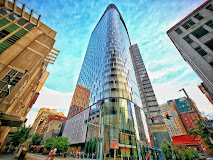
BedZED, London
Another pioneering example of bioclimatic architecture is BedZED (Beddington Zero Energy Development) in London, United Kingdom. Developed by BioRegional and ZEDfactory, BedZED is a mixed-use community that prioritizes sustainability at every level. From passive solar design and green roofs to rainwater harvesting and onsite renewable energy generation, BedZED demonstrates how bioclimatic principles can be seamlessly integrated into urban developments to create thriving, low-carbon communities.
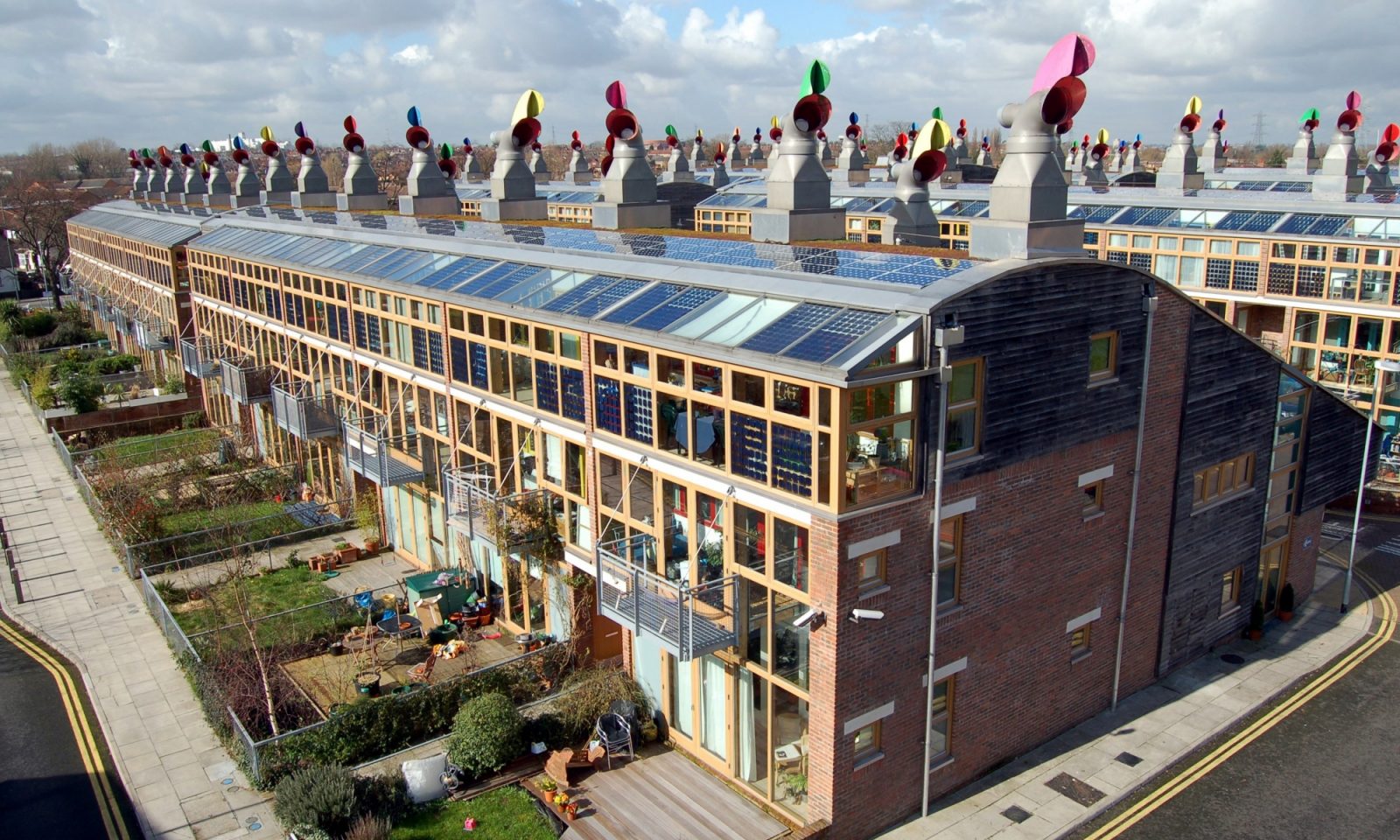
Practical Applications in Architectural Design
While iconic projects like the Tower at PNC Plaza and BedZED serve as inspiring showcases of bioclimatic design, the principles underlying these buildings can be applied at various scales and contexts. Architects and designers can incorporate bioclimatic strategies into residential homes, commercial buildings, educational institutions, and public spaces to create environments that are both eco-friendly and user-centric.
For Residential Homes
Passive solar design, natural ventilation, and thermal mass utilization can be employed to create energy-efficient, comfortable homes that minimize reliance on mechanical heating and cooling systems.
For Commercial Buildings
Daylighting strategies, green roofs, and efficient HVAC systems can be integrated to enhance indoor environmental quality, reduce operational costs, and promote occupant well-being in office buildings, retail centers, and hospitality establishments.
For Public Spaces
Bioclimatic design principles can also be applied to outdoor spaces, parks, and urban landscapes to mitigate the urban heat island effect, improve air quality, and foster biodiversity in cities.
Get Designing with Designs Boss
Ready to embark on your architectural planning journey? Contact Designs Boss today to explore how bioclimatic design principles can be integrated into your next project. Our team of experienced architects and sustainability experts is here to guide you every step of the way, from concept development to construction implementation. Let’s build a greener, more resilient future together.
With this comprehensive understanding of bioclimatic design and its real-world applications, you’re well-equipped to embark on your journey towards creating sustainable, comfortable spaces that harmonize with nature. Stay tuned for more insights and inspiration from Designs Boss. Hit Us Up!!
Latest

What Makes a Good Architectural University
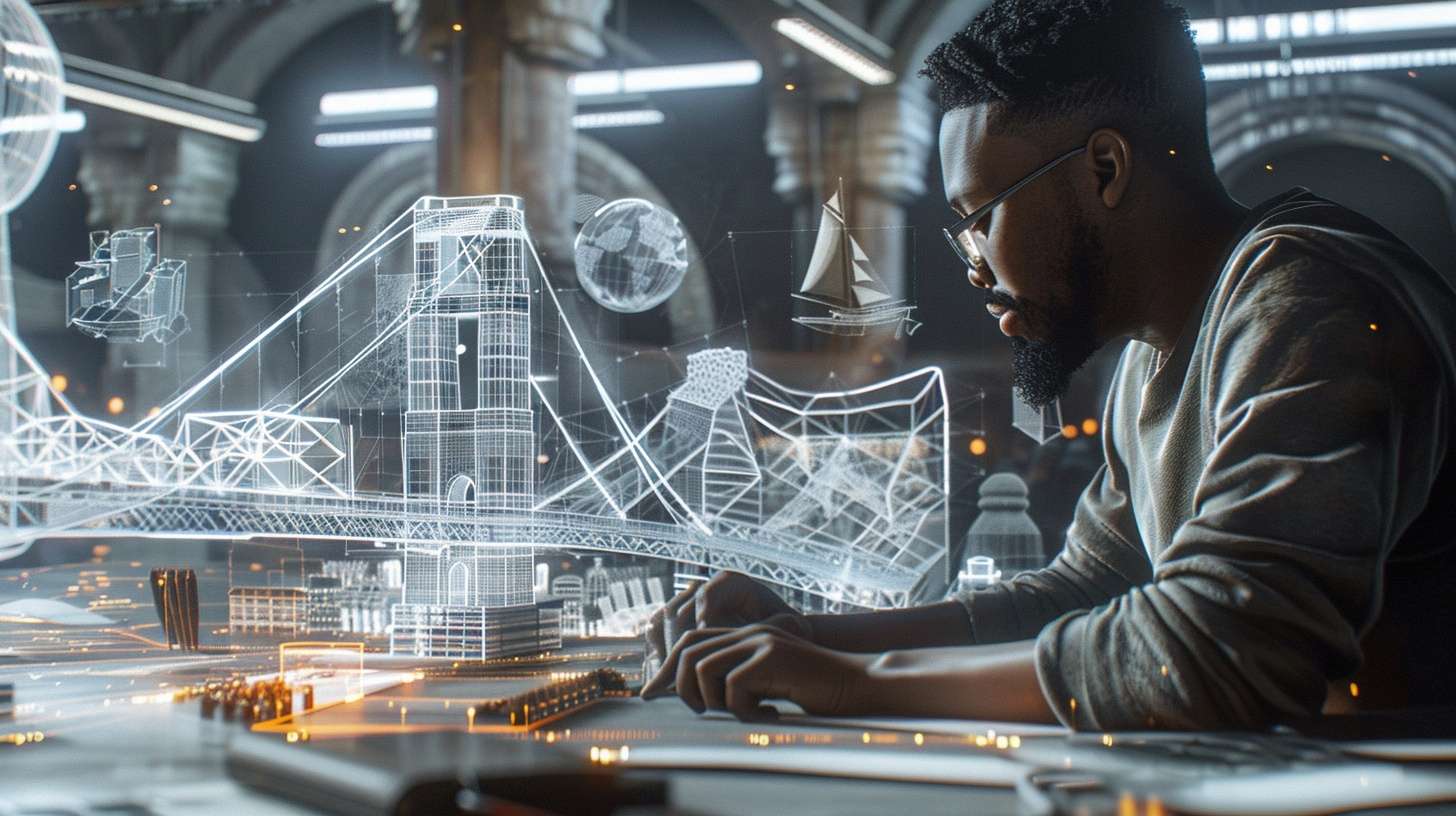
What Are The Most Beautiful Bridges Ever Designed

